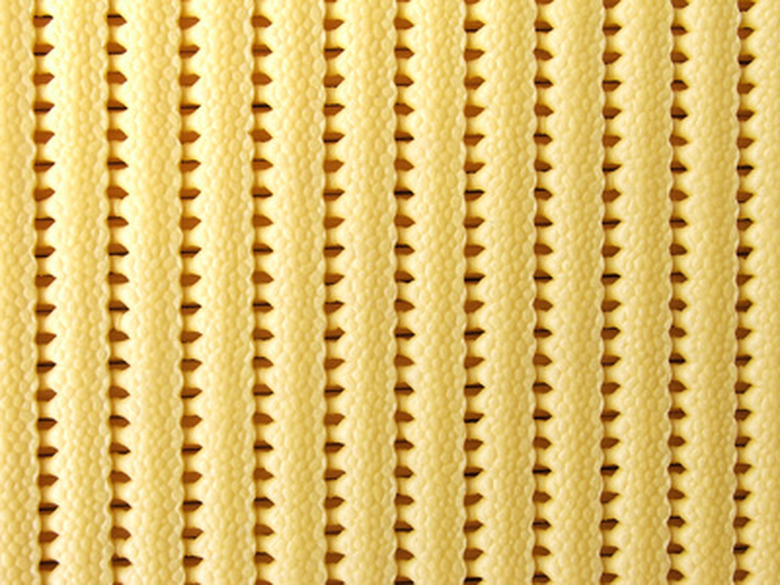Parallel Circuit Problems
There are many types of parallel circuit problems. One common problem is to calculate the total resistance of two resistors in parallel, also known as the equivalent resistance. Another problem is to calculate the current in a parallel resistor network when it is connected to a power supply.
Parallel Circuits Defined
Parallel Circuits Defined
A parallel electronic circuit is defined as a circuit that contains a connection of two or more electronic components such that each lead of each component in the circuit is connected to the corresponding lead of every other electronic component. A parallel circuit with two resistors can be connected easily. First connect the left lead of the first resistor to the left lead of the second resistor, and then connect the right lead of the first resistor to the right lead of the second resistor.
Product-over Sum Rule
Product-over Sum Rule
One of the easiest ways to calculate this equivalent resistance of two resistors in parallel is to use the product over the sum rule. This rule states that the equivalent resistance is equal to the product of the two resistors divided by the sum of the two resistances. For example, if you had a 2-Ohm resistors in parallel with a 6-Ohm resistor, the product would be 12 and the sum would be 8. The product over the sum would be 1.5, since 12 divided by 8 is 1.5.
Power Supply Current Problem
Power Supply Current Problem
Often two resistors are connected in parallel and then connected across the terminals of a power supply. For such an arrangement a common problem requires that you find the total amount of current that flows from the supply. From Ohm's law, the current that flows from the battery is equal to the battery voltage divided by the equivalent resistance of the two resistors in parallel. If for example, the battery voltage was 15 volts and the equivalent resistance was 1.5 Ohms, the current from the battery would be equal to 10 amperes, since 15 divided by 1.5 is 10.
Branch Currents
Branch Currents
The currents that flow in each resistor that is connected in parallel are called branch currents. When current from a battery reaches the point (node) that connects the branches of a parallel resistor circuit, like water in a river, it splits between the resistor branches. The sum of the current in the two branches will be equal to the total current from the power supply. However, the amount of current in each branch will be dictated by the resistor 's value in the branch. The branch with the lower resistor value will have more current that the branch with the higher resistor.
Branch Current Calculations
Branch Current Calculations
For this example, where a 15 Volt battery is connected in parallel to a 6-ohm and 2-ohm resistor, the current through the 6-ohm resistor would be equal to the voltage across the 6 ohm resistor–that is, 15 Volts, divided by the value of the resistor, 6 ohms. So the current would be 2.5 amperes, since 15 divided by 6 is 2.5. Similarly, the current through the 2-ohm resistor would be 7.5 amperes, since 15 divided by 2 is 7.5. The total branch current, 7.5 plus 2.5 or 10 amperes, must be and is equal to the battery voltage divided by the equivalent resistance, as shown above.
Cite This Article
MLA
Stansberry, Mark. "Parallel Circuit Problems" sciencing.com, https://www.sciencing.com/parallel-circuit-problems-6101773/. 24 April 2017.
APA
Stansberry, Mark. (2017, April 24). Parallel Circuit Problems. sciencing.com. Retrieved from https://www.sciencing.com/parallel-circuit-problems-6101773/
Chicago
Stansberry, Mark. Parallel Circuit Problems last modified March 24, 2022. https://www.sciencing.com/parallel-circuit-problems-6101773/
